Description
Railroad Short Name: IAIS
In 2002, GE released the first GEVo, a new series of locomotives that would replace the AC4400CW and Dash 9-44CW. The first two models were the ES44DC and ES44AC. The ES44C4 followed a few years later.
The new models were designed to meet the stricter diesel locomotive emissions standards imposed by Environmental Protection Agency (EPA) regulations. The EPA “Tier” emissions standards are a series, or Tiers, of allowable emissions levels based upon a locomotive’s date of manufacture. In 2005, Tier 2 took effect followed by Tier 3 in 2010 and Tier 4 took in 2015.
GE developed a new diesel engine, the 12-cylinder GEVO 12, to meet the new emission standards. Both the bore and stroke were increased to produce the same 4,400 horsepower as the older 7FDL16 16-cylinder engine.
Features:
- Era: July 2008 to present
- IAIS Series 500 to 511, built 7/2008
- Road numbers 505 and 508
- Late Antenna Arrangement with matrix antenna and conduit removed
- Rear ditchlights retrofitted
- Cab roof large square antenna dome
- Fully-assembled
- Multiple road numbers
- Operating LED ground lights on both sides of locomotive*
- Operating LED front, rear and rectangle side walkway lights*
- Operating LED front and rear deck-mounted ditch lights**
- Printed and LED lighted number boards*
- Semi-scale coupler buffers equipped with die-cast metal semi-scale SBE bottom shelf knuckle couplers
- Single trainline hose with silver gladhand
- Front dummy Multiple Unit (MU) receptacles mounted to front anticlimber supports
- Front and rear raised pilot-mounted Multiple Unit (MU) receptacles
- See-through round-hole stepwell steps
- Walkway with front anticlimber and support brackets
- GE “nub” pattern walkway tread
- Early handrails with wrap over stanchion heads left long rail for walkway box clearance and right long rail with bolted head on 2nd lower stanchion
- Wide profile end handrails
- Sand box clean out door with knuckle buster latch
- Front nose headlight
- Front straight grab irons mounted directly to the nose
- Front left side mounted narrow nose drop grab iron
- Left nose door with window
- Front high-mounted (cab) numberboard housings
- Dual cab side blue flag holder
- Left side under cab front access bolted panel; rear door with square corrugated grille
- Early cab with optional 4 side windows; without barrel bolt latches on subbase doors
- Detailed cab interior with separate floor, rear wall, seats, and control stand
- No grade crossing camera
- Tinted cab side windows
- Tall mirror mounted in front of sliding cab side windows on both sides; additional small mirror on right side
- Small bolted and hinged inverter cabinet door
- See-through dynamic brake exhaust
- Left side dynamic brake cab: tri blower dynamic brake with flush exhaust
- Etched metal see-through dynamic brake intake grilles with blower motors visible inside
- Right side dynamic brake cab: door with grille, small grille, door with grille, and door with grille
- Dynamic brake cab door with low door handle and low mounted door handle bumper
- Short right side air intake grille
- Left side auxiliary cab: 3 medium doors with latches on #2 door and short auxiliary cab filter box door
- Right side auxiliary cab: 4 doors with latches on #1 and #4 doors
- ES44 style engine cab doors: latched first door in each set of three
- Two engine cab roof lift rings
- Lost wax brass cast Nathan AirChime K5HLR2 horn mounted on engine cab roof
- Separate exhaust stack
- Left side exhaust cab doors: latched last door in set of three
- Flush heat exchanger housing with two piece wide slot grille
- Flush radiator grille
- 22 individually applied etched metal see-through radiator intake and exhaust grilles on sides and top of radiator compartment
- Left side radiator cab grille arrangement: Raised doors. Grilles – tall-short-tall-tall-tall, short front angled grill, two-piece rear angled grille, no grille under brake wheel
- Right side radiator cab grille arrangement: Raised doors. Grilles – tall, short, tall, tall, tall, tall, short, tall, short front angled grill, two-piece rear angled grille
- Angled water fill box
- High mounted horizontal rear headlight
- Rear wide-spaced dual dummy Multiple Unit (MU) receptacles
- Accurately profiled frame with separately applied plumbing and cabling
- Early GE Steerable trucks with separately applied brake cylinders, air plumbing, and rotating bearing caps
- Triangular handbrake chain bracket
- Toilet drain with exterior handle
- AEI tag mounted to right sidesill
- Dual Graham-White (Salem) accordion 824 air filters
- Graham-White 994-500 air dryer
- 5,300-gallon fuel tank with internal waste retention tank, digital fuel gauge, vertical fuel gauge, and round fuel gauge
- Dual fuel fills per side with rear fill “blanked”
- Angled top left side fuel tank top box
- Long crankcase drainpipe attached to the end of the fuel tank
- Factory-applied wire grab irons, snowplow with grab irons, spare knuckles, trainline hoses with silver gladhands, 3-hose MU clusters with silver gladhands, uncoupling levers, windshield wipers, mirrors, sunshades, air tanks, fuel tank mounted electronic bell, brake wheel, and more
- Motor with 5-pole skew wound armature
- Dual flywheels
- All-wheel drive
- All-wheel electrical pick-up
- Directional LED headlights
- Printing and lettering legible under magnification
- Operates on Code 70, 83, and 100 rail
- Packaging safely stores model
- Minimum Radius: 18”
- Recommended Radius: 22”
DCC & sound equipped locomotives also feature:
- ESU-LokSound 5 DCC and Sound decoder with “Full Throttle”
- Two (2) cube-type speakers
- Accurate GEVO-12 prime mover and auxiliary sounds, horn, bell, and more
- ESU-designed PowerPack with two (2) super capacitors***
- Operates on both DC and DCC layouts

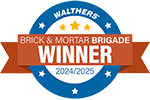
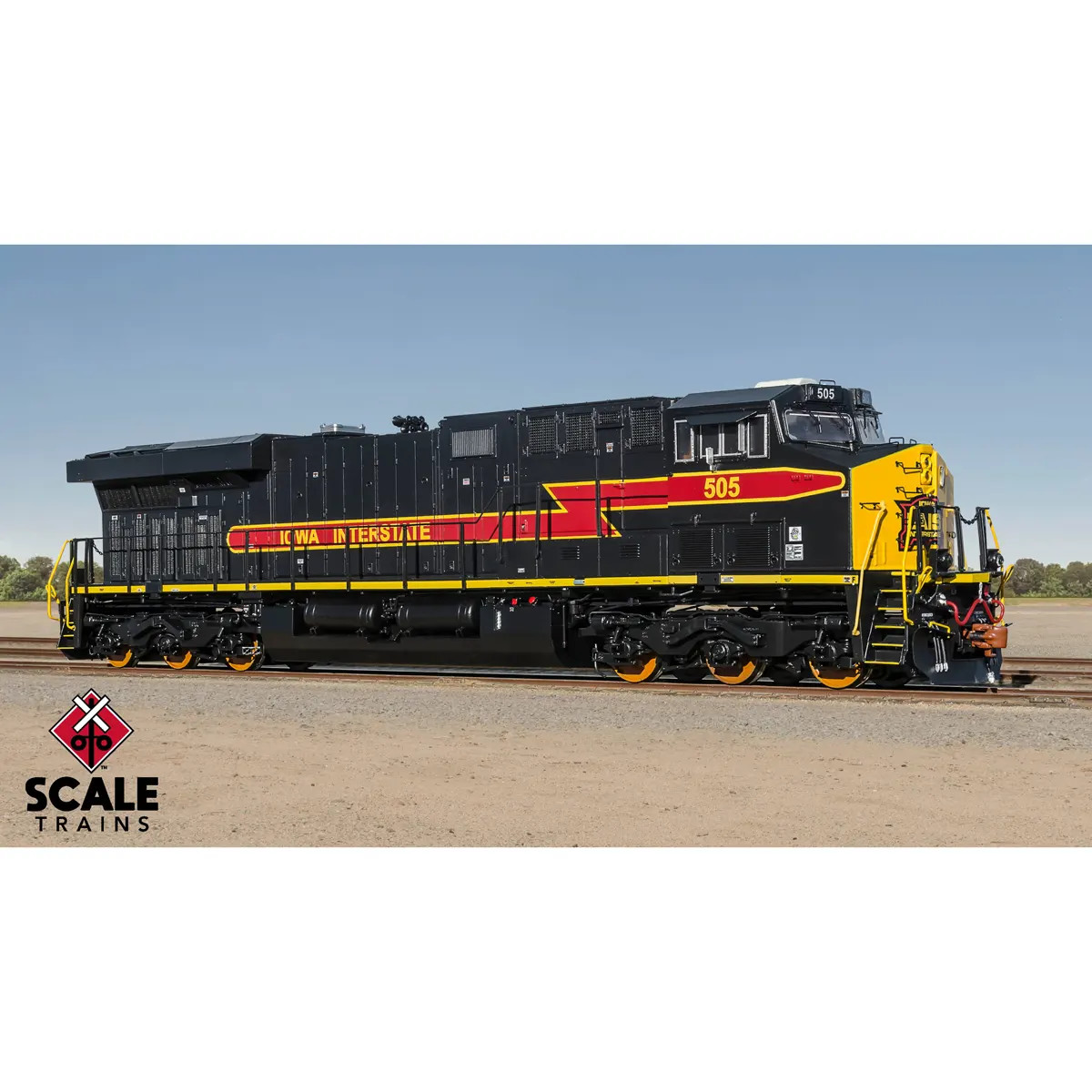
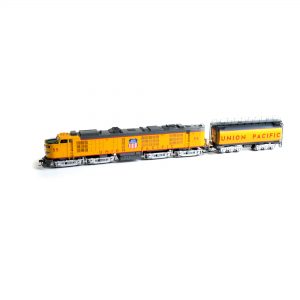
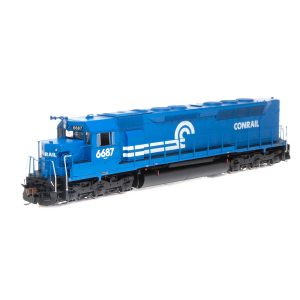
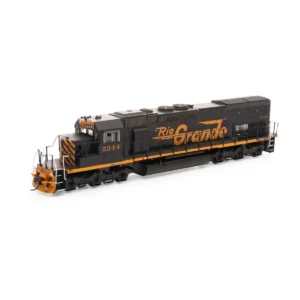
Reviews
There are no reviews yet.